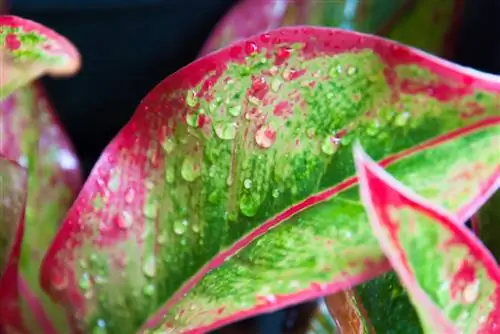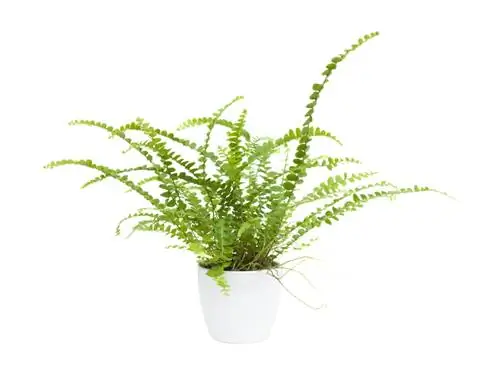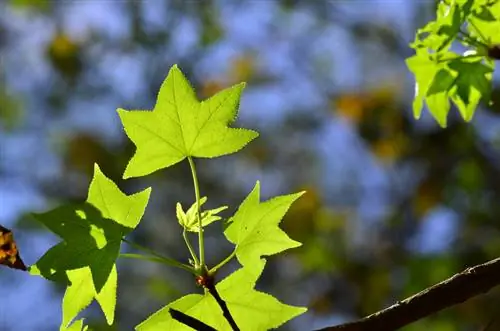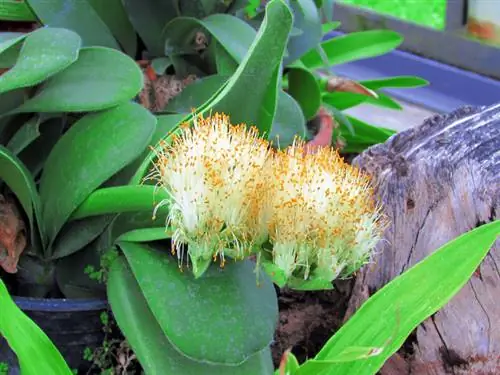- Author admin [email protected].
- Public 2023-12-16 16:46.
- Last modified 2025-01-23 11:21.
The piston filament (Aglaonema) belongs to the arum family. Caring for cob thread does not require much specialist knowledge, which is why it is an ideal plant for beginners. He forgives small care mistakes. How to properly care for a cob thread.
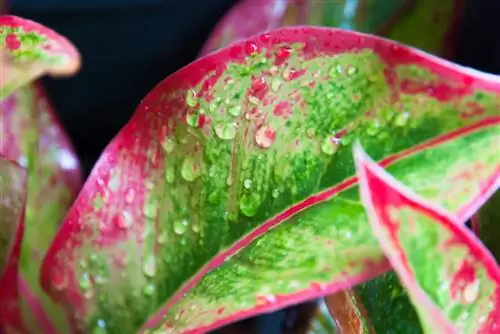
How do you properly care for a cob thread?
Cob thread care includes regular watering with room temperature, lime-free water, without waterlogging, monthly fertilization from March to October and occasional spraying of the leaves. High humidity (min. 60%) and a bright but not sunny location are ideal.
How do you cast cob thread correctly?
- Water regularly
- don't keep it too moist
- use room temperature, lime-free water
- Spray leaves occasionally
Button thread copes better with dryness than with too much wetness. Always let the substrate dry on top before watering again. You must avoid waterlogging at all costs.
Since the cob filament appreciates high humidity, spray the leaves regularly with lukewarm water. The humidity should not fall below 60 percent.
How is the cob thread properly fertilized?
Flounder is not very demanding and does not need many nutrients. It is enough if you supply it with a little liquid fertilizer for green plants (€6.00 on Amazon) once a month from March to October. After repotting, you must not fertilize it for the first year.
When do you repot a cob thread?
The cob thread needs a larger pot if the roots grow out of the drain hole at the bottom. Since it grows slowly, it is usually sufficient to repot it every two to three years. The best time for repotting is early spring.
Are you allowed to cut cob thread?
The ornamental plant tolerates cutting well. You can shorten shoots that are too long at any time. Cut directly above one eye. The piston thread branches out at the interfaces and becomes more compact overall.
What diseases and pests can occur?
Diseases such as root rot are caused by waterlogging.
Watch out for pests such as whiteflies, spider mites and thrips. Spraying the leaves can usually keep the pest infestation under control.
How is cob thread properly overwintered?
Basically, you can care for the cob thread in the same location all year round. However, it is cheaper if you keep it a little cooler in winter at 16 to 18 degrees.
Water the cob thread very sparingly, but under no circumstances let it dry out completely.
Tip
Button thread is very suitable for office and work spaces. The large leaves filter dust, increase the humidity in the room and thus ensure a better indoor climate.

